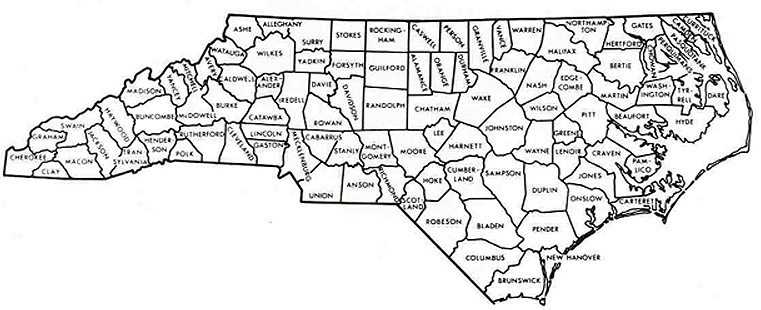ECONOMIC DEVELOPMENT
OPPORTUNITY ZONES
Large portions of the Albemarle are designated as OPPORTUNITY ZONES.

The Tax Cuts and Jobs Act (H.R.1). North Carolina Opportunity Zones offers qualified investors certain tax benefits when they invest unrealized capital gains into these areas.
North Carolina’s 252 zones were certified by the United States Treasury on May 18, 2018.
The federal law allows each state to designate up to 25 percent of its total low-income census tracts as zone candidates. North Carolina has just over 1,000 of these tracts, so only 252 census tracts could be selected as Opportunity Zones.
Guided by data and driven by local priorities, North Carolina’s process to identify these tracts, coordinated by the North Carolina Department of Commerce, included an extensive review of census data, public input collected from the Department’s website and direct outreach, and close collaboration with local officials from across the state.
ADDITIONAL DETAILS
H.R. 1 (the Tax Cuts and Jobs Act) was signed into law on December 22, 2017.
The Opportunity Zones Program (Sec. 13823) provides tax incentives for qualified investors to re-invest unrealized capital gains into low-income communities throughout the state, and across the country. Low-income census tracks are areas where the poverty rate is 20 percent or greater and/or family income is less than 80% of the area’s median income.
Investments made by qualified entities known as Opportunity Funds into certified Opportunity Zones will receive three key federal tax incentives to encourage investment in low-income communities including:
- Temporary tax deferral for capital gains reinvested in an Opportunity Fund
- Step-up in basis for capital gains reinvested in an Opportunity Fund
- Permanent exclusion from taxable income of long-term capital gains
Click HERE for more information.
Opportunity Zones Employment
Placeholder text.
- Identify key partners/collaborations
Who are local/regional stakeholders? Are there any public/private/nonprofit organizations actively involved in the planning and implementation of community and economic development?
- Are there any local or regional advocates for opportunity zones?
- Are there any regional consortiums that were established specifically to leverage opportunity zones?
- Are there any local or regional incentives available for investing in opportunity zones?
- How are opportunity zones working to maximize economic benefits for people in low-income communities?
- Recognize linkages with the data, goals/objectives, and priority projects within the CEDS
- What does regional data show about these communities?
- What are the socio-economic trends within the opportunity zones in your region? Include information about population, higher education enrollment, workforce, and major employers within the regional opportunity zones.
- Can you make any linkages between the opportunity zones and the SWOT analysis within your CEDS? If not, consider adding some points about opportunity zones in your SWOT analysis.
- Are there any specific priority projects that may address asset gaps in each of the Opportunity Zone communities?
Regions may also wish to develop a Regional Investment Prospectus. This section can be used to describe & communicate regional competitive advantages, community partnerships, and projects that are ready for private and public investment. Intended for regions that want to put a high-profile emphasis on their Opportunity Zones and the potential associated benefits, the regional investment prospectus can specifically help:
- market their Opportunity Zones to local, regional, and national investors
- highlight their regional assets to have maximum economic impact
- coordinate stakeholders around a common vision of inclusive growth
- Additional Information to include for the regional investment prospectus:
- Purpose of the prospectus/intro to opportunity zones
- Key partners/collaborations
- About the region by the numbers
- Market Strengths
- Institutional capacity
- Opportunity Zones in the region and typology
- Individual community profiles

